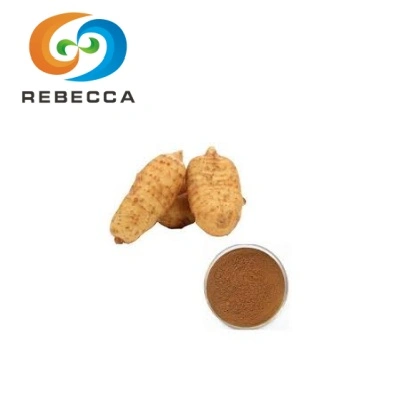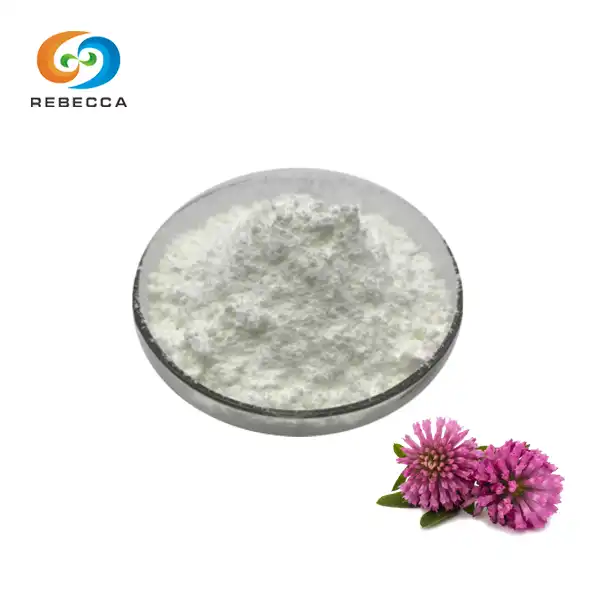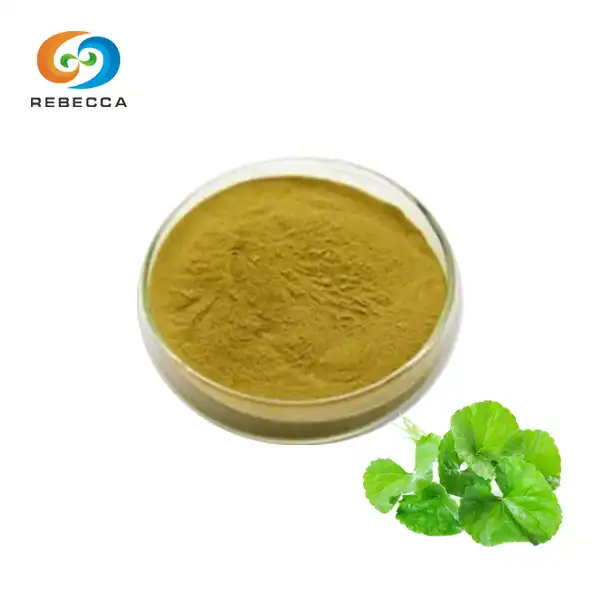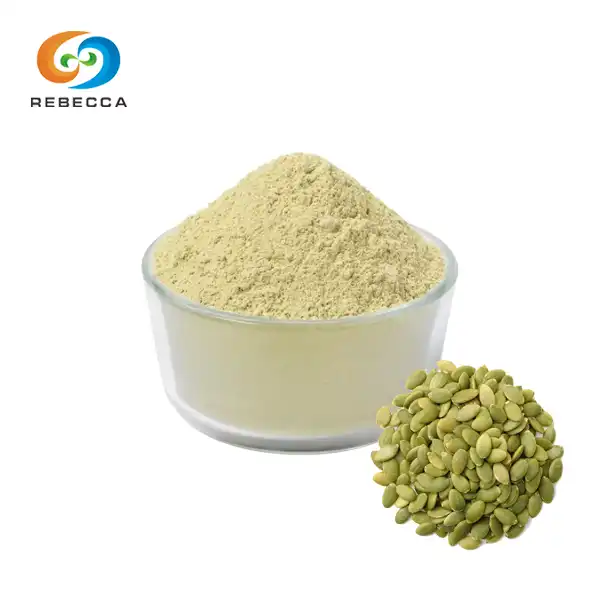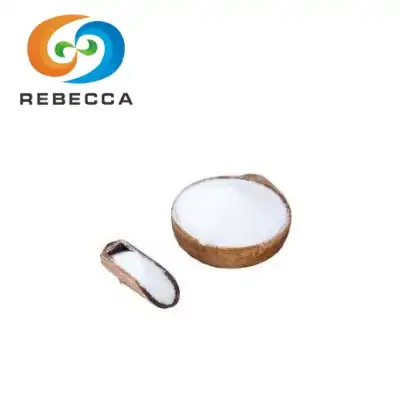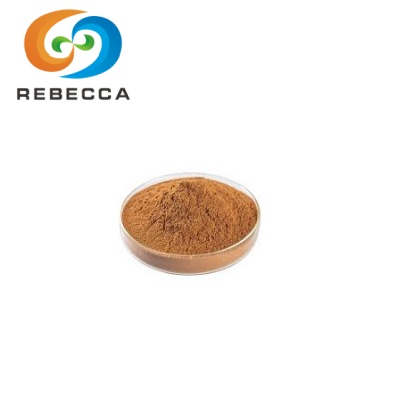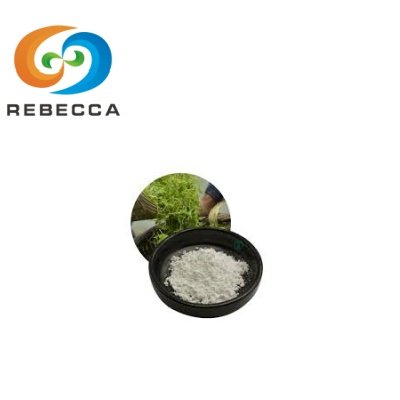Tetrahydrocurcumin VS Curcumin
While curcumin has been extensively studied, tetrahydrocurcumin">tetrahydrocurcumin is emerging as a potent compound with unique properties. This article delves into the differences between them, exploring their sources, stability, and skin permeability.
Tetrahydrocurcumin
【English name】: Tetrahydrocurcumin
【CAS No.】: 36062-04-1
【Molecular Formula】:C21H24O6
【active ingredients】: Tetrahydrocurcumin
【Specification】: Tetrahydrocurcumin 98%
【Appearance】: white powder
Source & Identity: Tracing the Origins
Curcumin is the primary curcuminoid found in turmeric (Curcuma longa), a plant belonging to the ginger family. It's responsible for the vibrant yellow color of turmeric and has been used for centuries in traditional medicine. Curcumin is typically extracted from turmeric root and standardized to various concentrations for use in supplements and research.
Tetrahydrocurcumin, on the other hand, is a metabolite of curcumin. It's formed when curcumin is metabolized in the body, particularly in the liver and intestines. While it can be found in small amounts in turmeric, it's primarily produced through biotransformation of curcumin or through chemical synthesis for research and commercial purposes.
The molecular structure of tetrahydrocurcumin (C21H24O6) differs from curcumin in that it lacks the conjugated double bonds in its central seven-carbon chain. This structural difference contributes to its unique properties and potential advantages over curcumin.
Research has shown that tetrahydrocurcumin may have enhanced bioavailability compared to curcumin. A study published in the Journal of Agricultural and Food Chemistry found that tetrahydrocurcumin was more easily absorbed in the gastrointestinal tract than curcumin, potentially leading to greater biological activity.
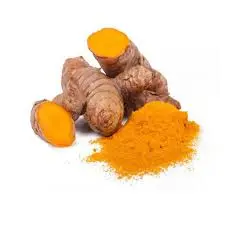
Stability: The Key to Longevity
One of the most significant differences between them lies in their stability. Curcumin, while potent, is known for its poor stability, especially in neutral to alkaline conditions. It's susceptible to degradation when exposed to light, heat, and certain pH levels, which can limit its effectiveness in various applications.
Tetrahydrocurcumin, in contrast, exhibits superior stability. Its molecular structure, lacking the reactive double bonds found in curcumin, makes it more resistant to oxidation and degradation. This enhanced stability translates to a longer shelf life and potentially greater efficacy in formulations.
A study published in the International Journal of Pharmaceutics demonstrated that tetrahydrocurcumin remained stable in aqueous solutions at various pH levels, whereas curcumin rapidly degraded under similar conditions. This stability advantage makes it an attractive option for formulations where long-term stability is crucial.
Moreover, the improved stability of tetrahydrocurcumin may contribute to its potential health benefits. A more stable compound is more likely to reach its intended targets in the body without breaking down, potentially leading to enhanced therapeutic effects.
Skin Permeability: Penetrating the Barrier
The skin's barrier function is crucial for protecting our bodies, but it also poses a challenge for topical treatments. Both curcumin and tetrahydrocurcumin have shown promise in skincare applications, but their ability to penetrate the skin differs significantly.
Curcumin, despite its potential benefits, has limited skin permeability due to its large molecular size and poor water solubility. This limitation can reduce its effectiveness in topical formulations, as it may not reach the deeper layers of the skin where it could exert its beneficial effects.
Tetrahydrocurcumin, however, demonstrates superior skin permeability. Its smaller molecular size and improved solubility allow it to penetrate the skin barrier more effectively. A study published in the Journal of Cosmetic Dermatology found that tetrahydrocurcumin exhibited significantly higher skin penetration compared to curcumin, suggesting its potential as a more effective ingredient in skincare products.
The enhanced skin permeability of tetrahydrocurcumin opens up new possibilities for its use in topical formulations. It may be particularly beneficial in anti-aging products, as it can potentially reach the deeper layers of the skin where collagen and elastin are produced. Additionally, its antioxidant properties could help protect skin cells from oxidative stress, a key factor in skin aging.
Furthermore, the stability of tetrahydrocurcumin contributes to its effectiveness in skincare formulations. Its resistance to degradation means that it can remain active in the product and on the skin for longer periods, potentially providing more sustained benefits.
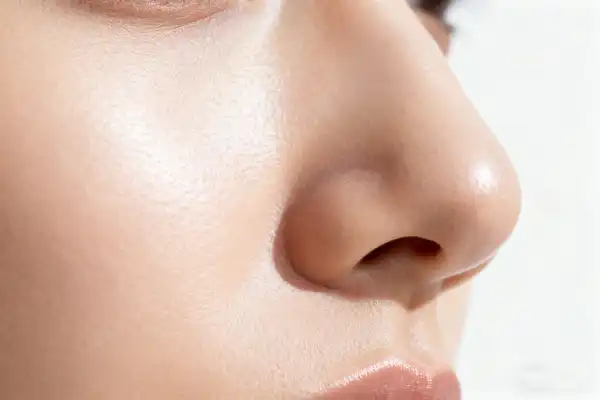
Tetrahydrocurcumin For Sale
As we delve into its unique biological properties, its outstanding potential across diverse application fields, from high-end nutraceuticals to advanced skincare, becomes increasingly evident. Unlike conventional curcumin, tetrahydrocurcumin boasts superior stability, enhanced bioavailability, and gentler biocompatibility, making it a game-changing ingredient for innovative product development. At Rebecca Bio-Tech, we specialize in the refined production of this high-value compound, dedicated to delivering products that meet the strictest industry standards for purity and stability.
Our flagship tetrahydrocurcumin (CAS No.: 36062-04-1) is presented as a fine white powder, with a guaranteed purity of 98%. Its well-defined molecular formula (C₂₁H₂₄O₆) ensures consistent chemical properties, eliminating batch-to-batch variations and providing reliable support for your formulation R&D. Whether you are developing anti-aging skincare products that require long-term stability, or dietary supplements focused on bioefficacy, our product can effectively address your core needs, enhancing product performance while simplifying the production process.
We warmly invite you to experience the transformative impact of high-quality tetrahydrocurcumin on your products. For further details about the product, to request free samples, or to discuss customized solutions tailored to your specific requirements, please feel free to contact us via email at information@sxrebecca.com. Our professional team will respond promptly and provide you with comprehensive support.
FAQ
Q1: Is tetrahydrocurcumin more effective than curcumin?
A: While both compounds have their unique benefits, tetrahydrocurcumin has shown advantages in terms of stability, bioavailability, and skin permeability. Its effectiveness may be superior in certain applications, particularly in skincare and where long-term stability is crucial.
Q2: Can tetrahydrocurcumin be used in dietary supplements?
A: Yes, tetrahydrocurcumin can be used in dietary supplements. Its enhanced stability and potential for better bioavailability make it an attractive option for supplement formulations. However, as with any ingredient, it's important to comply with relevant regulations and conduct appropriate safety assessments.
Q3: How does the antioxidant activity of tetrahydrocurcumin compare to curcumin?
A: Studies have shown that tetrahydrocurcumin exhibits potent antioxidant activity, comparable to or even surpassing that of curcumin in some cases. Its stability and potential for better absorption may contribute to more sustained antioxidant effects in the body.
References
[1] Ireson, C., et al. (2001). Characterization of metabolites of the chemopreventive agent curcumin in human and rat hepatocytes and in the rat in vivo, and evaluation of their ability to inhibit phorbol ester-induced prostaglandin E2 production. Cancer Research, 61(3), 1058-1064.
[2] Murugan, P., & Pari, L. (2006). Antioxidant effect of tetrahydrocurcumin in streptozotocin-nicotinamide induced diabetic rats. Life Sciences, 79(18), 1720-1728.
[3] Patel, S. S., et al. (2019). Tetrahydrocurcumin: The multi-functional hidden nutrient of curcumin. Pharmacological Research, 150, 104523.
